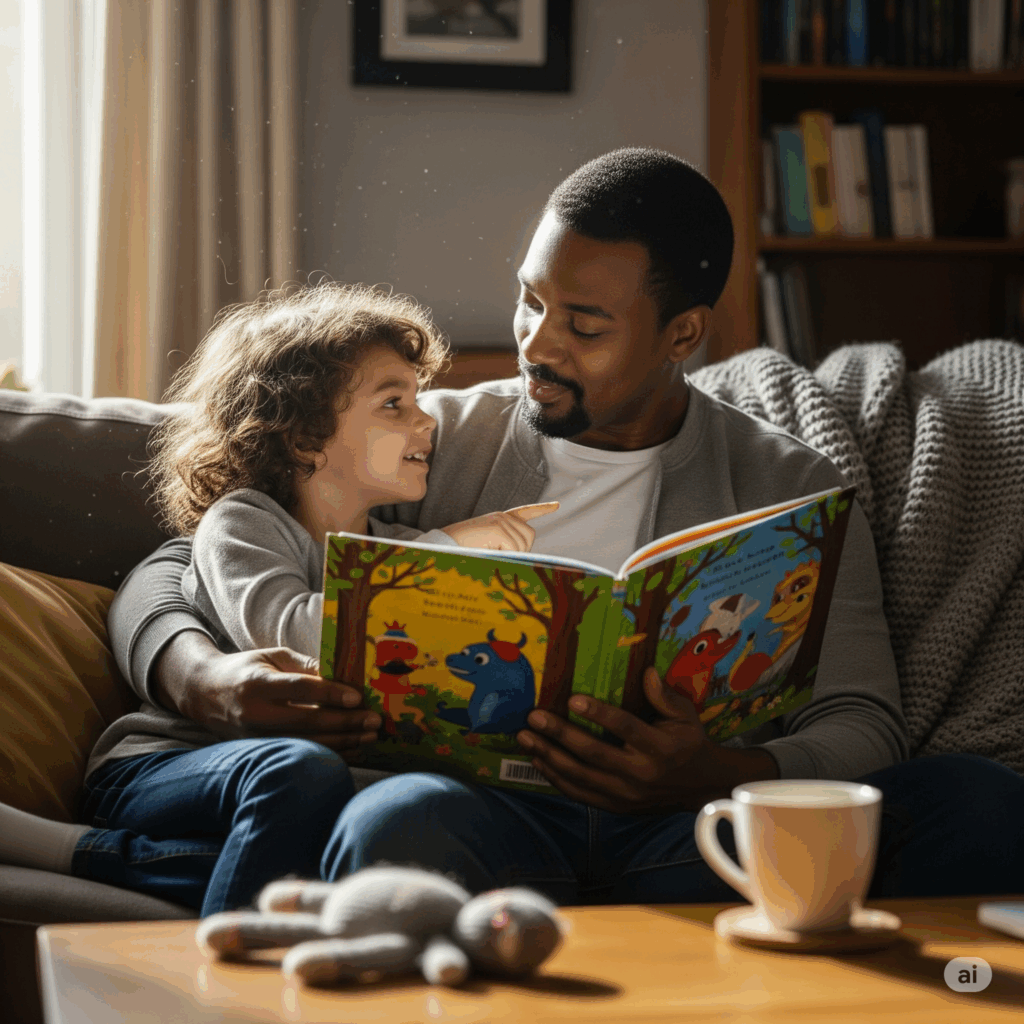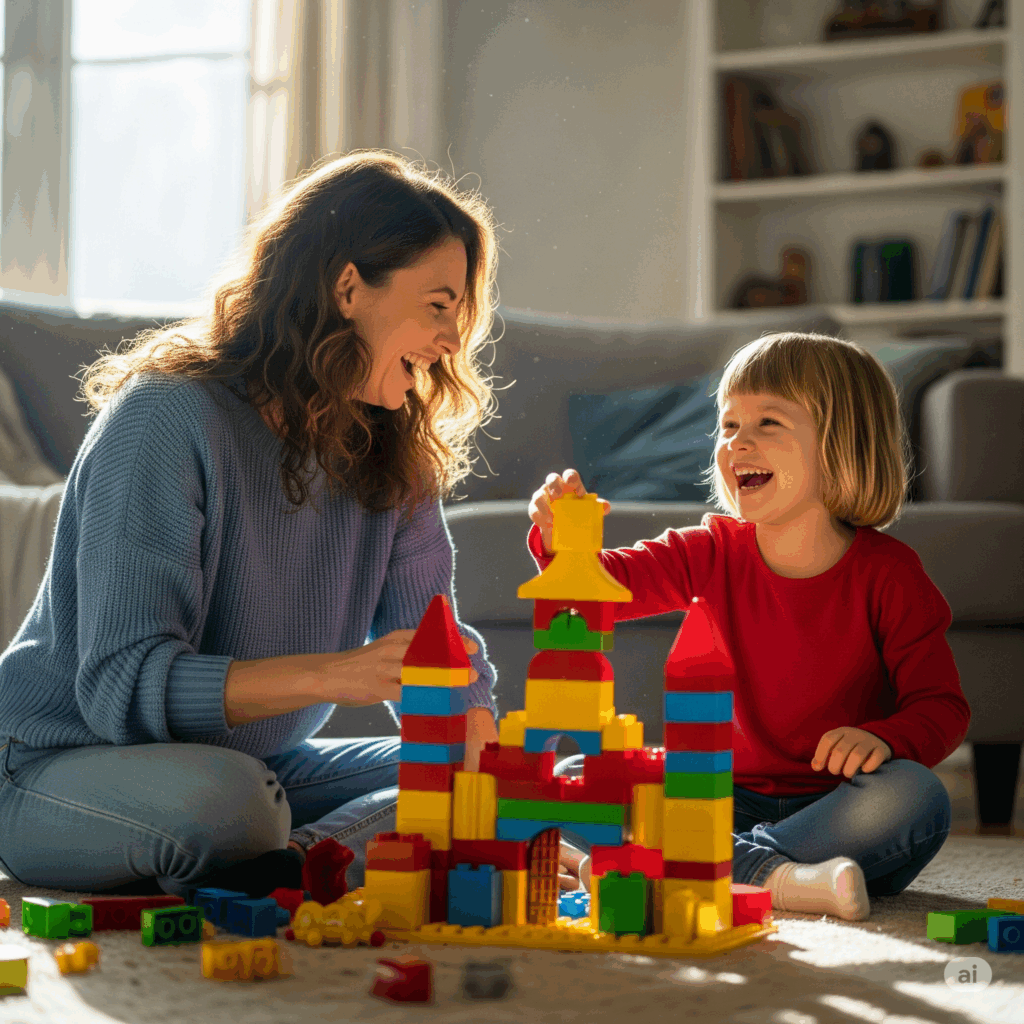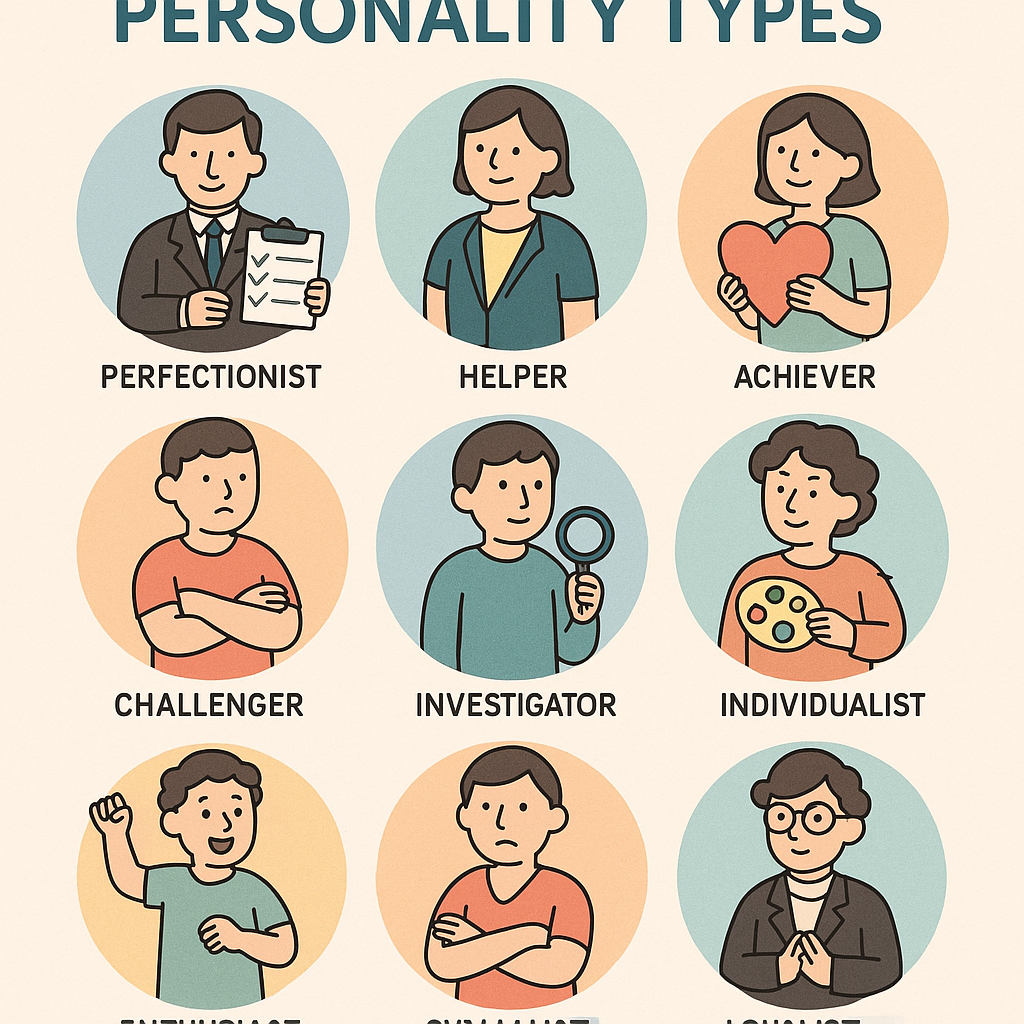Introduction
7 Magical Communication Methods to Open Your Child’s Heart Wide! 🗣️ Parental Wisdom for Happy Parenting ✨
Hello everyone! 😊 We all agree that ‘conversation’ is one of the most important things to consider as our children grow, don’t we? But when you actually talk to your child, you often find yourself wondering, “Why can’t they understand what I’m saying?” or “How can I open my child’s heart?” I’ve also learned how to communicate with children through countless trials and errors. [Happy Parenting]
Conversation with children goes beyond simple information exchange; it plays a crucial role in a child’s emotional development, social skill formation, and the creation of a deep bond between parent and child. Today, I’m going to generously share with you 7 magical communication methods that I’ve personally experienced and found effective in opening a child’s heart and building a positive relationship! I hope this article makes your parenting journey even happier and more fulfilling. Shall we begin? 💡

First, please remember that communication with children begins not with ‘technique’ but with ‘heart.’ If you approach your child sincerely, at their eye level, they will feel your sincerity and naturally open up about their stories.
1. Communication Starting at “The Child’s Eye Level” 🗣️
This is the most basic principle, yet it’s often overlooked: matching the child’s eye level. Physically, it’s important to bend your knees or sit down to make eye contact with your child. The key is to see the world from the child’s perspective and use language appropriate for their developmental stage.
- **Use simple words:** Choose words that are easy for children to understand, rather than complex adult vocabulary.
- **Short and clear sentences:** It’s more effective to convey the main point with short, concise sentences rather than long explanations.
- **Specific expressions:** Instead of “Good job,” praise them specifically, like “It’s really wonderful how you stacked the blocks this high!”
- **Non-verbal communication:** Non-verbal expressions like warm eye contact, a gentle smile, and affectionate physical touch also provide great comfort and security to children.
For example, when a child draws a picture, instead of asking “What did you draw?”, it’s better to actively show interest in their drawing and encourage conversation by saying, “Wow, you chose such wonderful colors! What could this circle be?”
2. The Power of “Active Listening”: Listen to Your Child Until the End 👂
One of the most important things in communicating with children is ‘active listening.’ A dismissive attitude, such as looking at your smartphone or doing other things while your child is talking, can make them feel ignored. Listening to your child until the end shows respect for their feelings and instills trust that you are focused on them.
- **Active listening:** Make eye contact with your child, nod, and interject with phrases like “Oh, I see,” or “And then what happened?”
- **Don’t interrupt:** Even if your child can’t articulate their thoughts clearly yet, you need patience to wait without interrupting. Once they finish speaking, then share your thoughts.
- **Express empathy:** Empathetic expressions that acknowledge your child’s feelings, such as “So that’s how you felt,” or “You must have been upset,” help your child feel secure and encourage them to share more.
Remember, no matter how trivial a child’s story may seem, it could be the most important story in the world to them! ✨
3. Ask “How did you feel?” Instead of “Why did you do that?” 🤔
When a child makes a mistake or a problem arises, parents often ask, “Why did you do that?” However, this question can feel like an accusation or an interrogation to the child, easily leading to a defensive attitude. Instead, try rephrasing it as a question that seeks to understand the child’s feelings and the situation.
- **Emotion-focused questions:** Ask questions that focus on the child’s feelings, such as “How did you feel when you hit your friend?” or “You were upset when your friend took your toy. How did that make you feel?”
- **Open-ended questions:** Instead of “What did you do at kindergarten today?” (which invites a short answer), ask open-ended questions like “What was the most fun thing you did at kindergarten today? Why was it fun?” to encourage your child to share more.
- **Collaborative problem-solving:** When a problem occurs, ask “What should we do next time?” or “What do you think?” to help your child think about solutions themselves.
These types of questions help children develop the ability to recognize and express their emotions, and also improve their problem-solving skills.
4. Express Emotions Honestly with “I-Messages” 💖
Parents are human too, and sometimes they can get angry or disappointed by a child’s behavior. What’s important then is using ‘I-messages.’ Instead of ‘You-messages’ that blame the child, like “You’re making Mom’s life difficult!”, it’s about expressing your own feelings honestly.
- **Examples of I-messages:**
* “I’m angry because you didn’t tidy up your toys.” (X)
* “When toys are scattered on the floor, it’s hard for me to clean up, and I worry someone might get hurt.” (O)
* “You’re a bad child for hitting your sibling!” (X)
* “It makes my heart ache to see your sibling hurt because you hit them.” (O)
I-messages convey a parent’s feelings without making the child feel guilty, and help the child understand how their actions affect others. It’s important for children to know that parents also have emotions for healthy emotional development.

5. Foster Autonomy Through “Choices” 🌟
Children learn autonomy and responsibility when they make their own decisions and choices. Rather than parents deciding everything, offer your child opportunities to choose within a limited scope.
- **Offer choices:** Instead of “Do you want to eat today?” (X), give about two options, like “For dinner tonight, would you like curry or jjajangbap?” or “What clothes should you wear? Would you like to choose between the yellow t-shirt and the blue t-shirt?”
- **Responsibility for consequences:** Guide your child to accept the consequences of their own choices. For example, “You chose these clothes, so you wear them.”
- **Experience success:** Through small successes, children gain confidence and can have positive expectations for future choices.
The process of making choices and decisions independently greatly helps foster a child’s self-efficacy and independence.
6. Boost Your Child’s Self-Esteem with “Positive Words” 🌈
A child’s self-esteem begins with a parent’s words. Words of praise and encouragement help a child form a positive self-image and give them courage not to fear new challenges.
- **Praise the process, not just the result:** Instead of “Good job!” (praising the result), specifically praise your child’s effort and process, like “You didn’t give up and worked hard until the end, that’s amazing!” (praising the process).
- **Encourage potential:** Even when your child struggles or fails, don’t hold back words of encouragement, such as “It’s okay, you’ll do better next time,” or “You can do anything if you try!”
- **Use positive nicknames:** It’s also good to call your child by nicknames that carry positive meanings. (e.g., ‘Our brave son,’ ‘Our wise daughter’)
A parent’s positive words will become strong roots in a child’s heart, giving them the strength to bravely overcome any difficulties they face.
7. Communicate Naturally Through “Play” 🎭
For children, ‘play’ is life and language. Through play, children learn about the world, express their emotions, and learn how to communicate with others. When conversation feels difficult, try approaching them naturally through play.
- **Role-playing:** Set up a role-play with characters or situations your child likes. Children can express stories or emotions they normally wouldn’t in role-play.
- **Drawing/Crafting:** Naturally converse while drawing or creating something together, and you can glean your child’s thoughts and feelings. Ask, “What story does this drawing tell?”
- **Participate in free play:** Actively participate in your child’s play, following their lead. Through play with their parent, children will feel intimacy and security, and will open their hearts more easily.
Play is a magical tool that makes conversations with children richer and more enjoyable. 🥳

Communication with children is a process that requires continuous effort and patience. However, if you consistently practice the 7 communication methods I’ve shared today, you’ll soon connect more deeply with your child and understand their heart better. Remember that what’s important is not striving to be a perfect parent, but rather the ‘sincerity’ of wanting to grow and learn alongside your child.
Start with small changes. From making eye contact and actively listening to your child tonight, to asking questions that acknowledge their feelings. Your sincere conversations will become the strongest support system for your child in the world. Let’s work together to create the power of magical communication starting today, so our children can grow into happy adults! ✨
I hope this article has been a small help in your parenting journey! If you have any more questions about communicating with children or your own special tips, please feel free to leave them in the comments! I’d love to share your valuable stories. 😊 Don’t forget to subscribe and like!
Hashtags: #ParentingCommunication #ChildCommunication #PositiveParenting #ChildEducation #ParentEducation #HappyChild #EmotionalParenting #CommunicationSkills #ParentingTips #NewMom #ParentalRole


